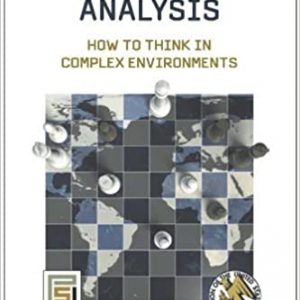Overview
Updated in its seventh edition,?The Environmental Policy Paradox?provides an introduction to the policy-making process in the United States with regard to air, water, land use, agriculture, energy, and waste disposal, while introducing readers to both global and international environmental issues and institutions. The text explains why some environmental ideas shape policy while others do not, and illustrates that even when the best short- and long-term solutions to environmental problems are identified, the task of implementing these solutions is often left undone or is completed too late. Readers are presented with a comprehensive history of the environmental movement paired with the most up-to-date account of environmental policy available today.
New to the Seventh Edition
- Covers new topics including fracking, Arctic drilling, the Keystone XL pipeline controversy, GMOs, food security, and the green economy.
- Provides expanded information about the subsidy process.
- Extends the treatment of land preservation with a discussion of the Land and Water Conservation Fund.
- Adds Discussion Questions to the end of each chapter.
Product Details
| ISBN-13: | 9781317226628 |
|---|---|
| Publisher: | Taylor & Francis |
| Publication date: | 09/19/2017 |
| Sold by: | Barnes & Noble |
| Format: | NOOK Book |
| Pages: | 440 |
| Sales rank: | 916,819 |
| File size: | 2 MB |
About the Author
Zachary A. Smith?is Regents? Professor of Environmental and Natural Resources Policy and Administration in the Department of Politics and International Affairs at Northern Arizona University.
Table of Contents
Part?I. The Policy-Making Process? 1. Ecosystem Interdependence? 2. Changing Cultural and Social Beliefs: From Conservation to Environmentalism? 3. The Regulatory Environment? 4. The Political and Institutional Setting Part?II. Environmental Policy? 5. Air Pollution? 6. Water? 7. Energy? 8. Toxic and Hazardous Materials and Waste Management? 9. Land Management Issues? 10. International Environmental Issues? 11. International Environmental Management? Conclusion? Appendix A: How We Study Public Policy?Theoretical Approaches? Appendix B: How a Bill Becomes Law











